Collections
 Modern Art in Egypt and Constellational Modernism: A New Approach to Global Modern Art
Modern Art in Egypt and Constellational Modernism: A New Approach to Global Modern Art
To challenge the problematic narratives of modernity, perpetuated by both traditional and emergent approaches to modernism, Egyptian modern art should be analyzed through a new paradigm called, “constellational modernism.”
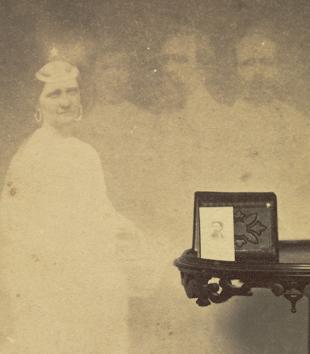 A Communion of Shadows: Religion and Photography in Nineteenth-Century America
A Communion of Shadows: Religion and Photography in Nineteenth-Century America
The objects on display in this collection stitch together what I call the “communion of shadows” that began with the invention of photography in the early nineteenth century.
MAVCOR began publishing Conversations: An Online Journal of the Center for the Study of Material and Visual Cultures of Religion in 2014. In 2017 we selected a new name, MAVCOR Journal. Articles published prior to 2017 are considered part of Conversations and are listed as such under Volumes in the MAVCOR Journal menu.
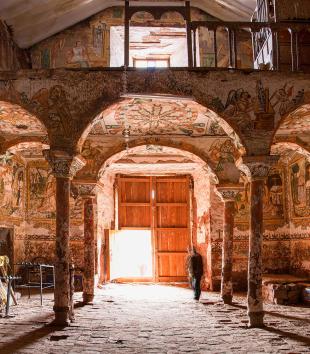 Painting Beyond the Frame: Religious Murals of Colonial Peru
Painting Beyond the Frame: Religious Murals of Colonial Peru
With the Spanish invasion and colonization of Peru in the 1530s, the visual arts played an integral role in the religious indoctrination of indigenous and Afro-descendant communities to Catholicism. Mural painting in particular became a favored medium in early evangelization efforts because of its relatively low cost and shorter execution time in comparison to multimedia pieces such as retablos (altarpieces) and polychrome sculptures.
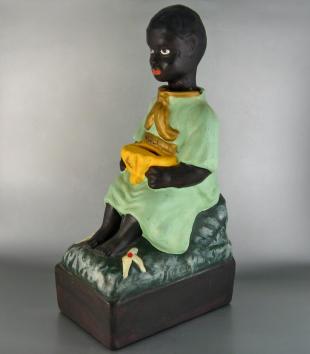 Chalkware
Chalkware
A Collection of chalkware from the Material Objects Archive
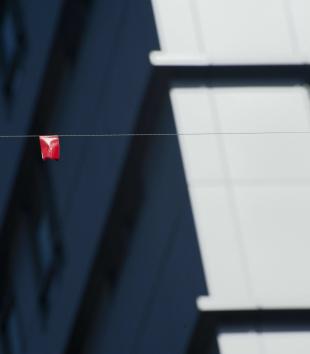 Introduction to the Eruv
Introduction to the Eruv
The eruv boundary marks the borders of imagined courtyards. It is a work of architecture and urban planning whose program is the neighborhood, and whose materials are the appropriated accumulations of urban life. It is also a work of art whose simple line surrounds and defines the complexity of urban space while it defines the complex human community that inhabits its space.
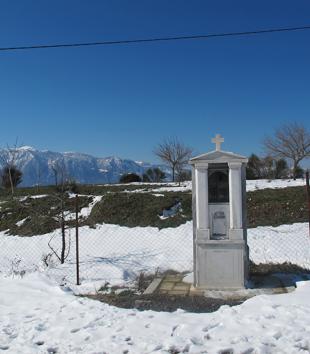 Eikonostasia
Eikonostasia
Eikonostasia (Greek: εικονοστάσια, singular: eikonostasi, literally: “icon stand”) are a constant if understated part of Greek urban and rural landscape.